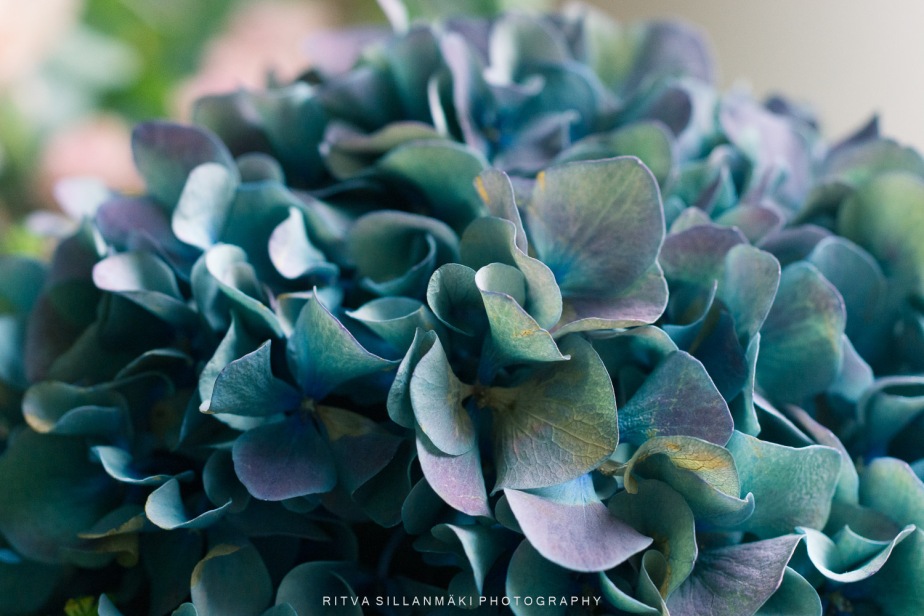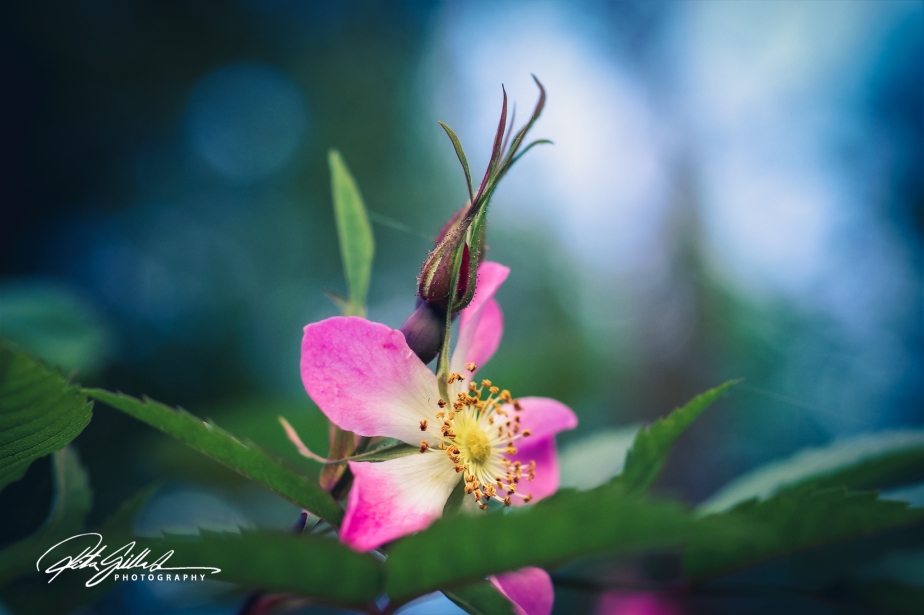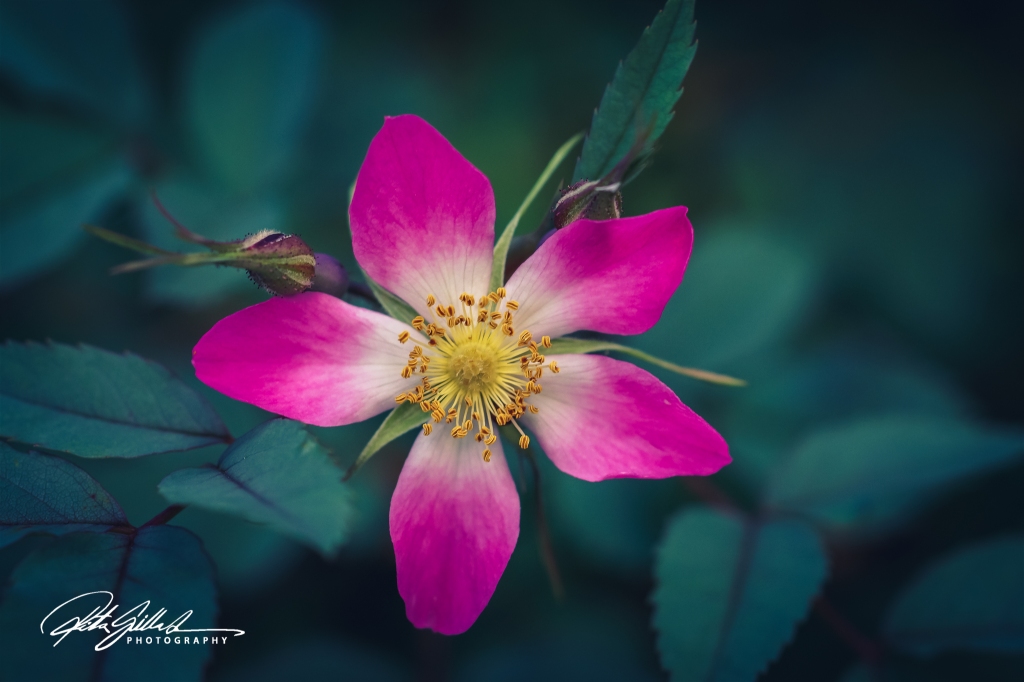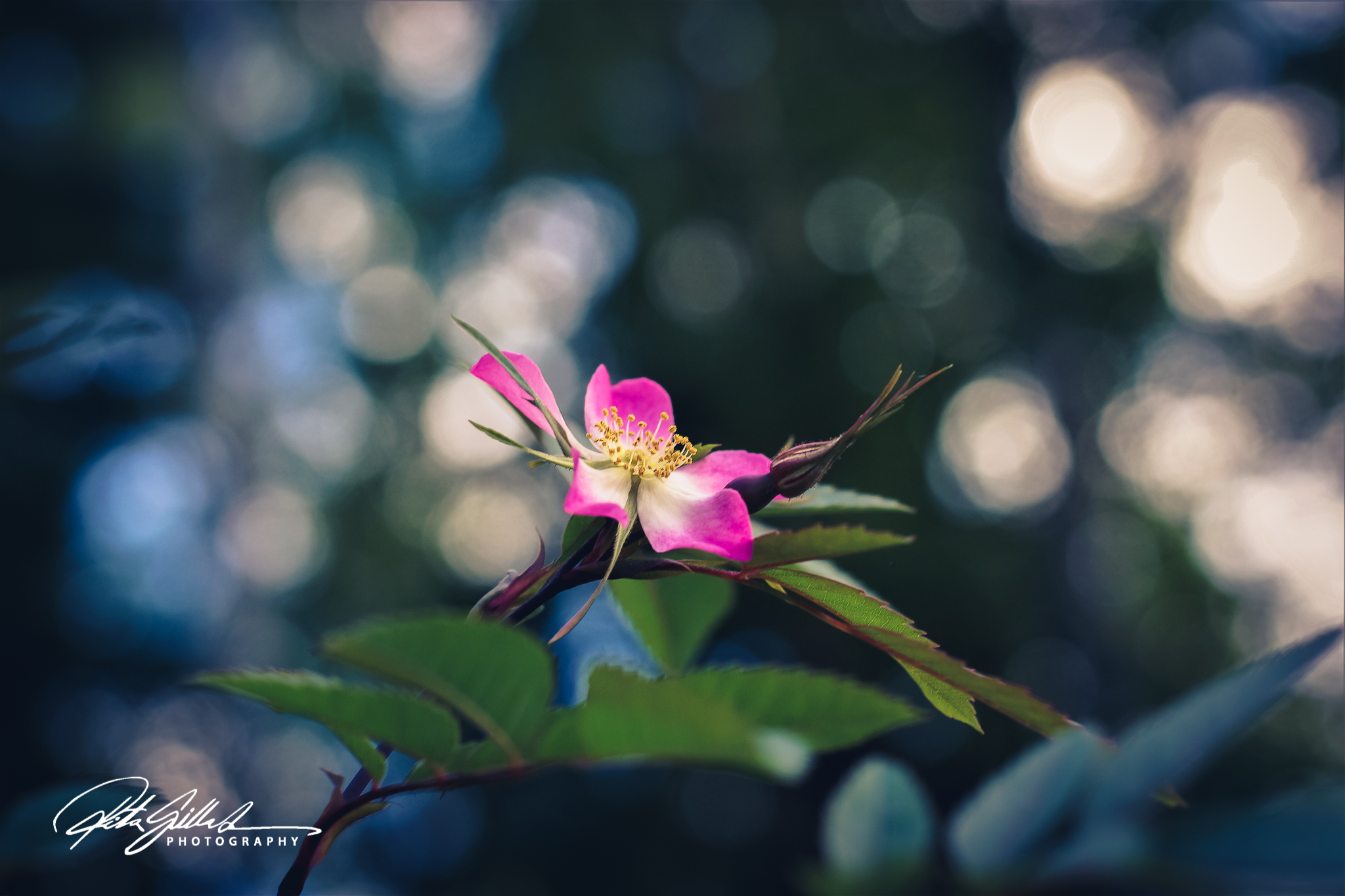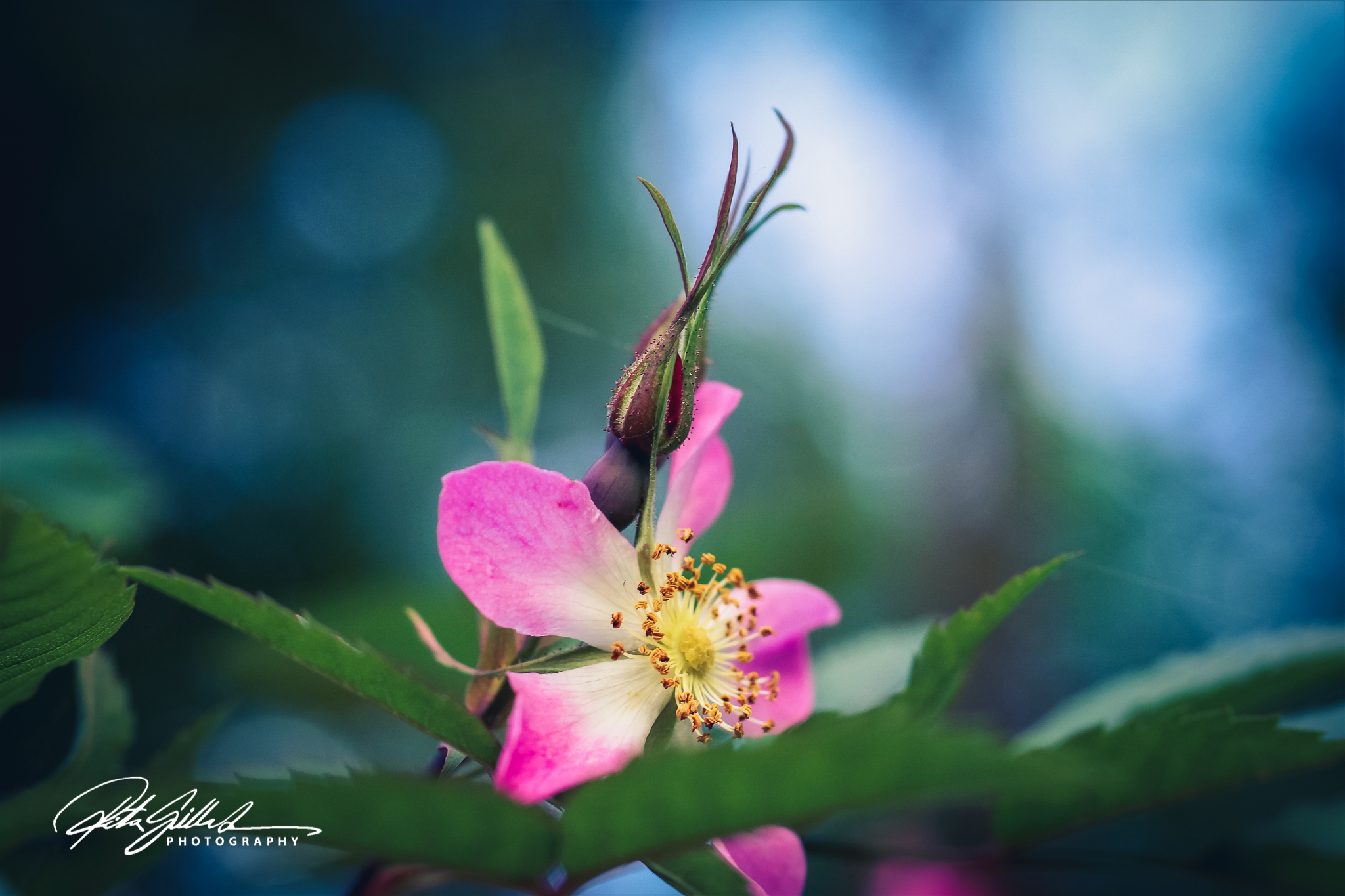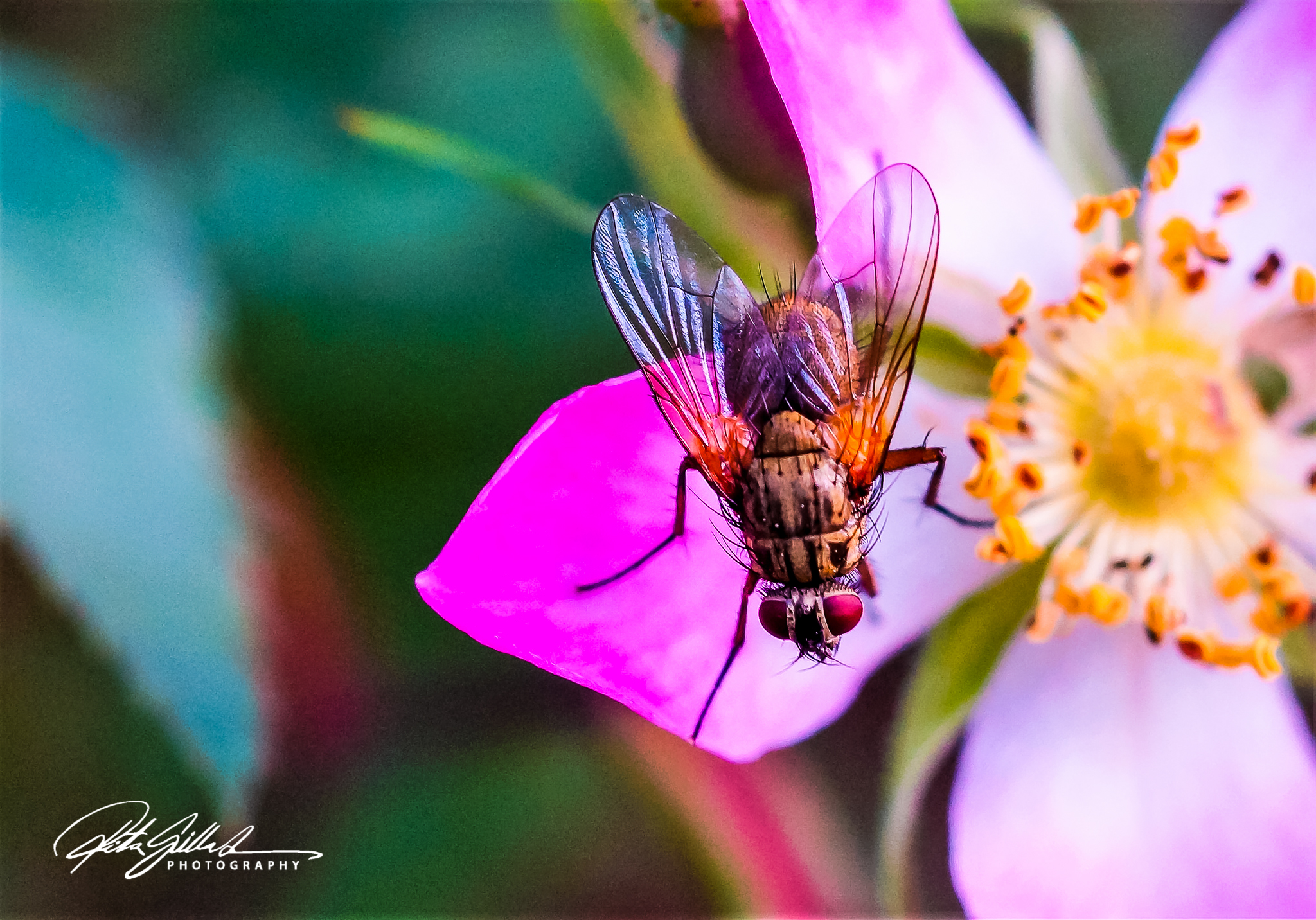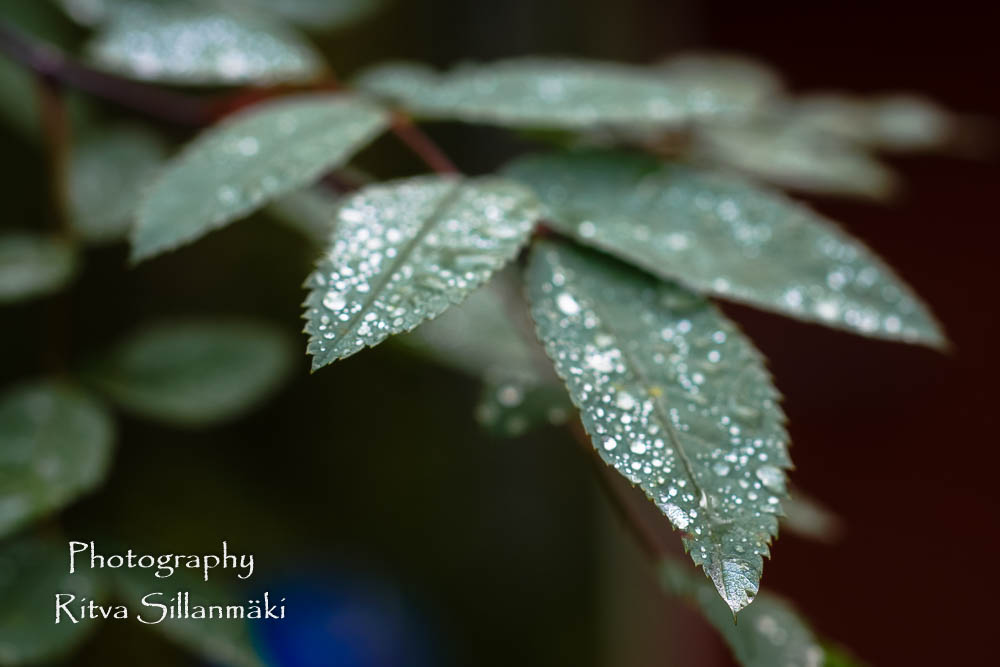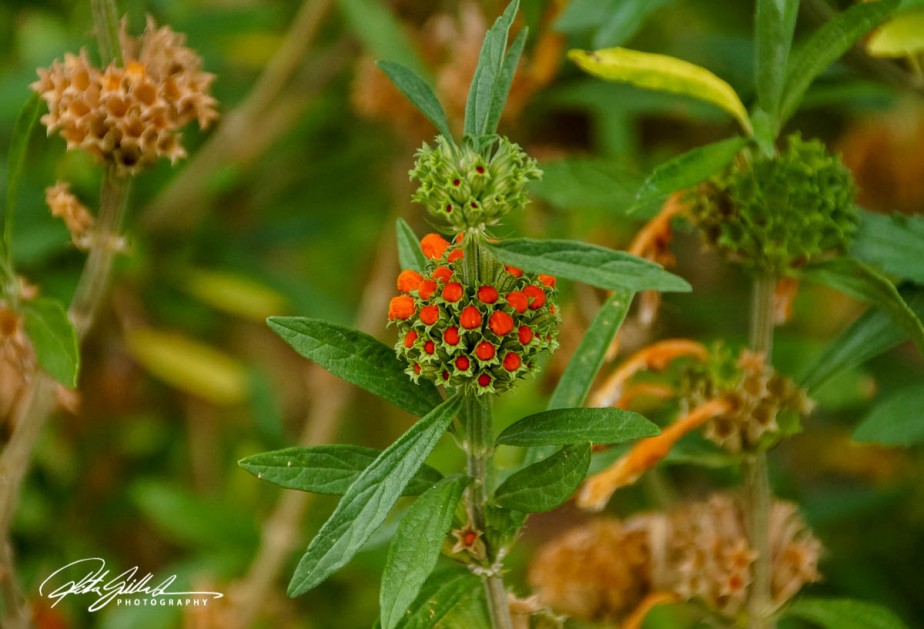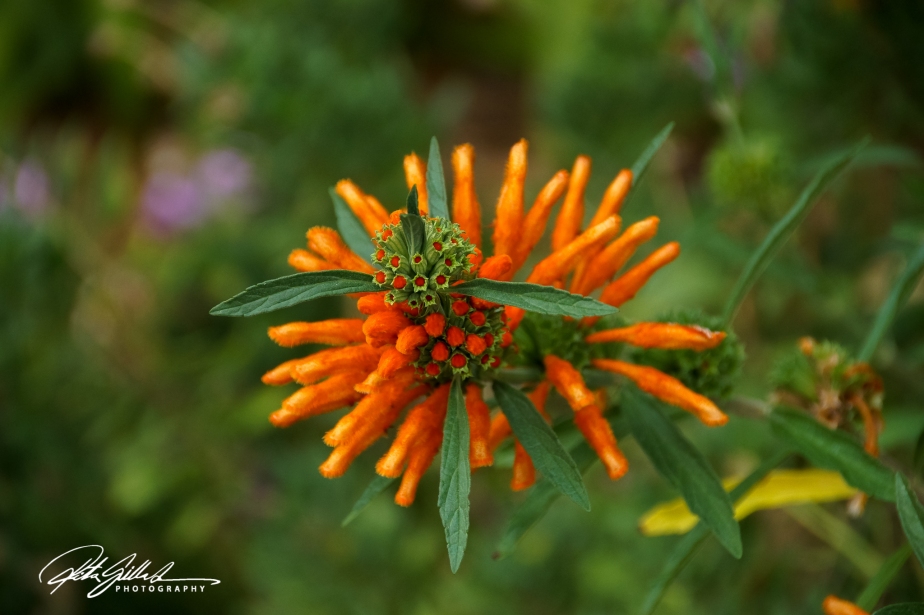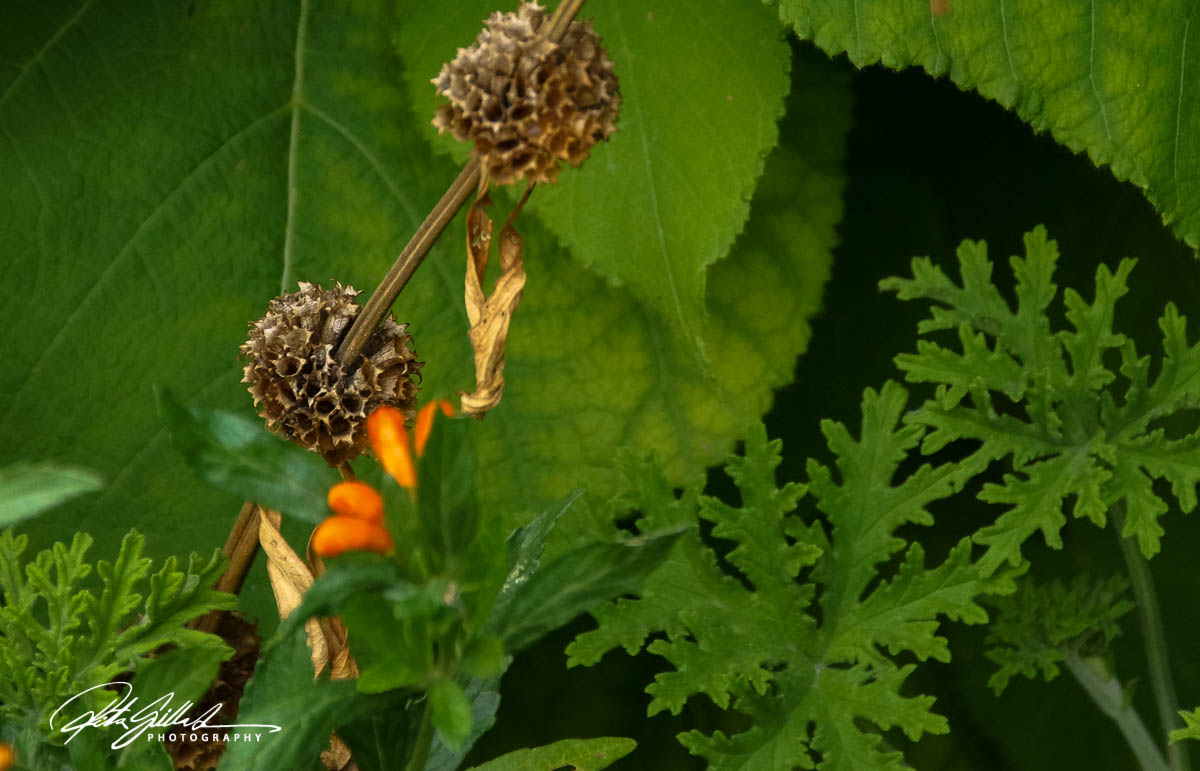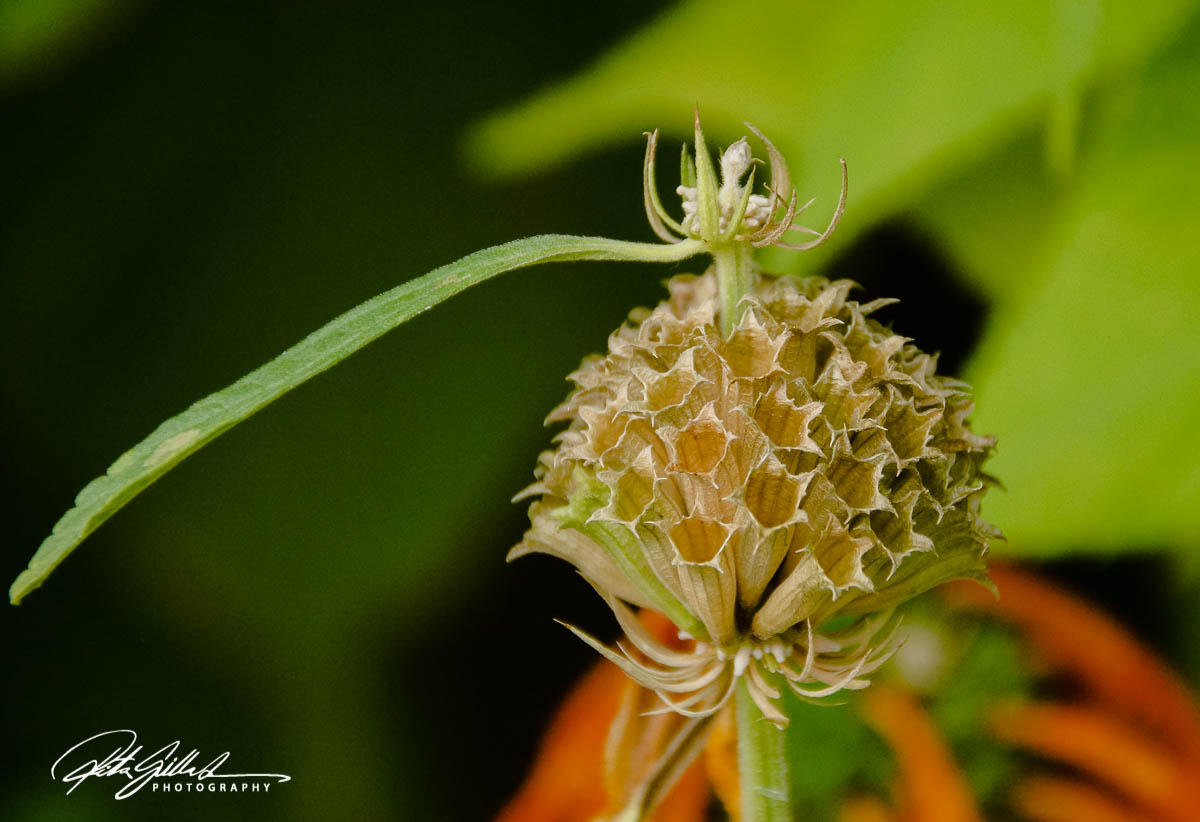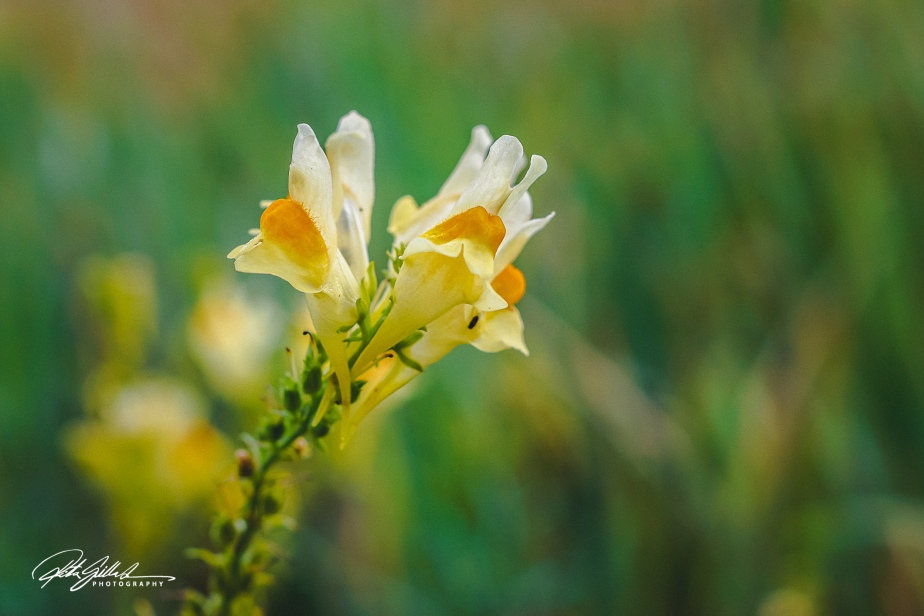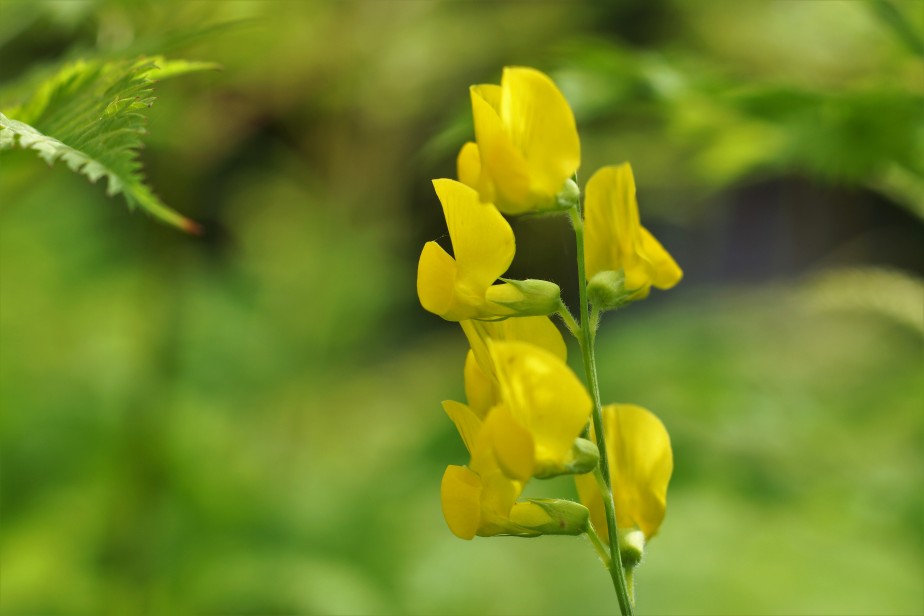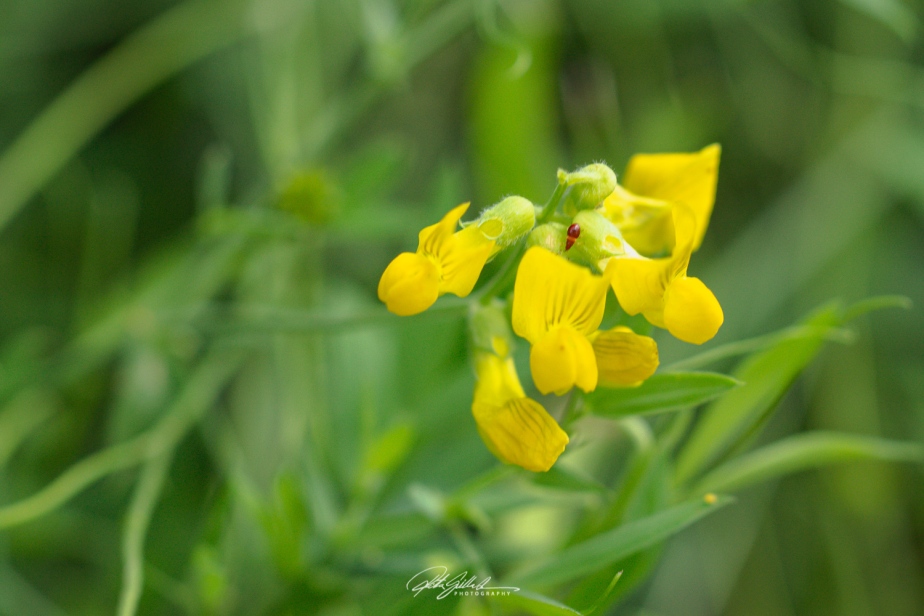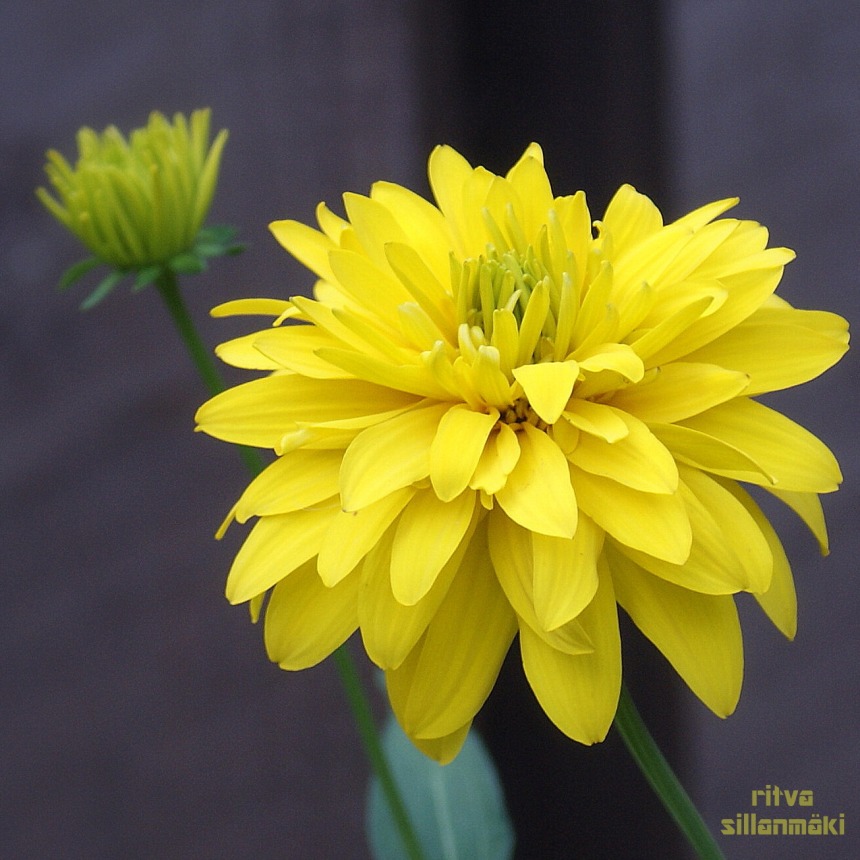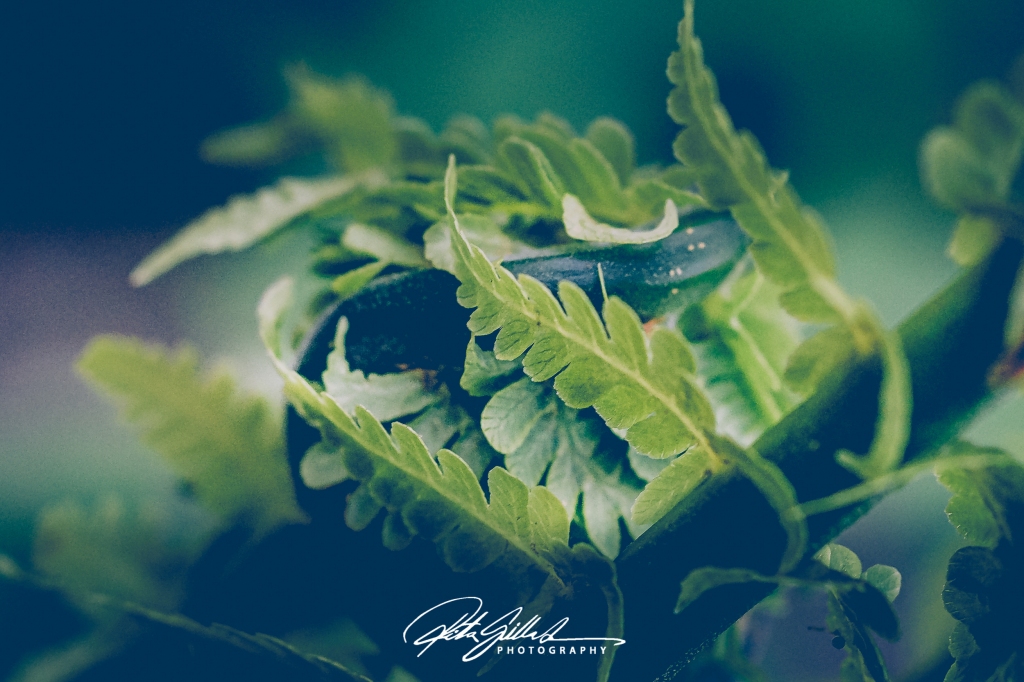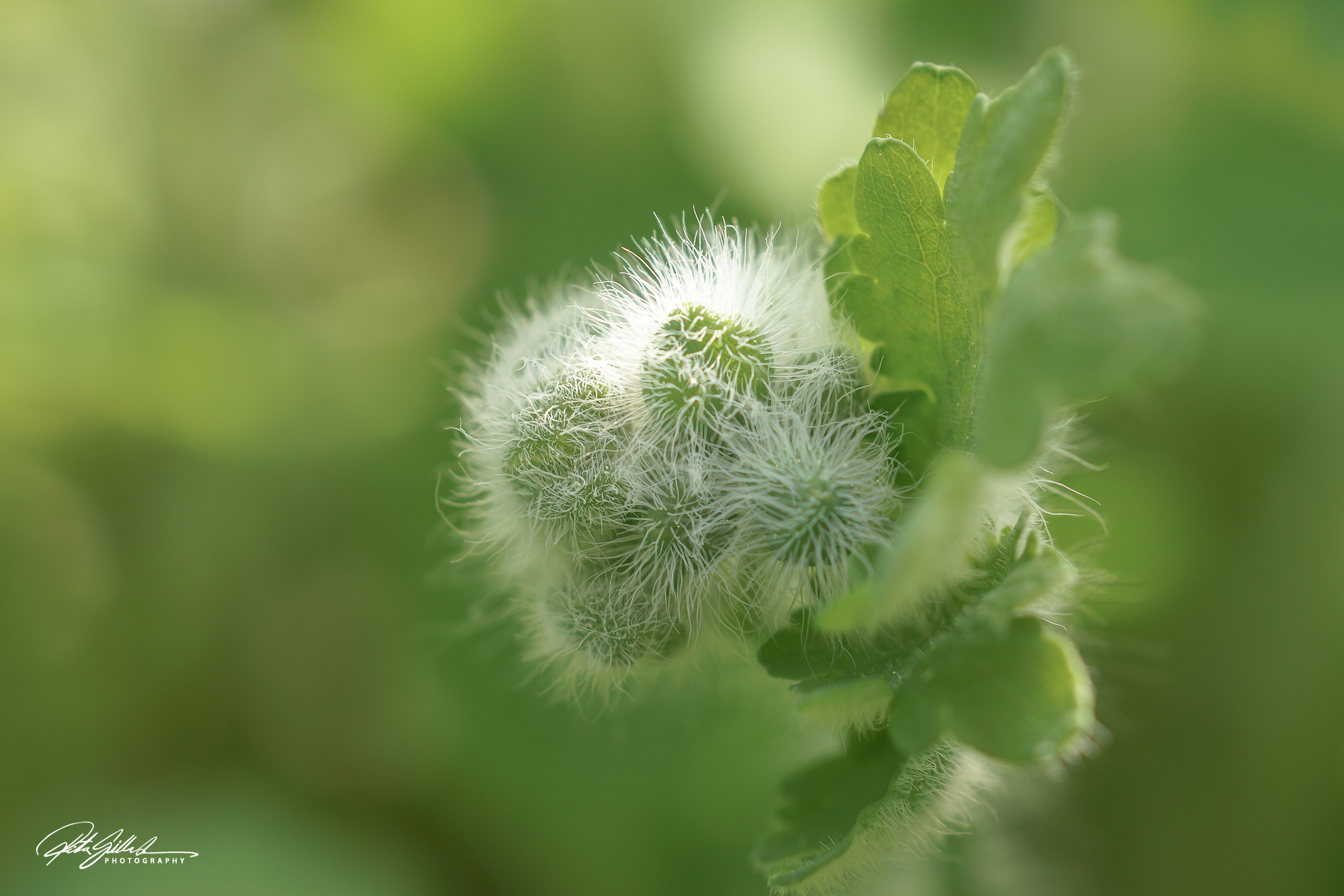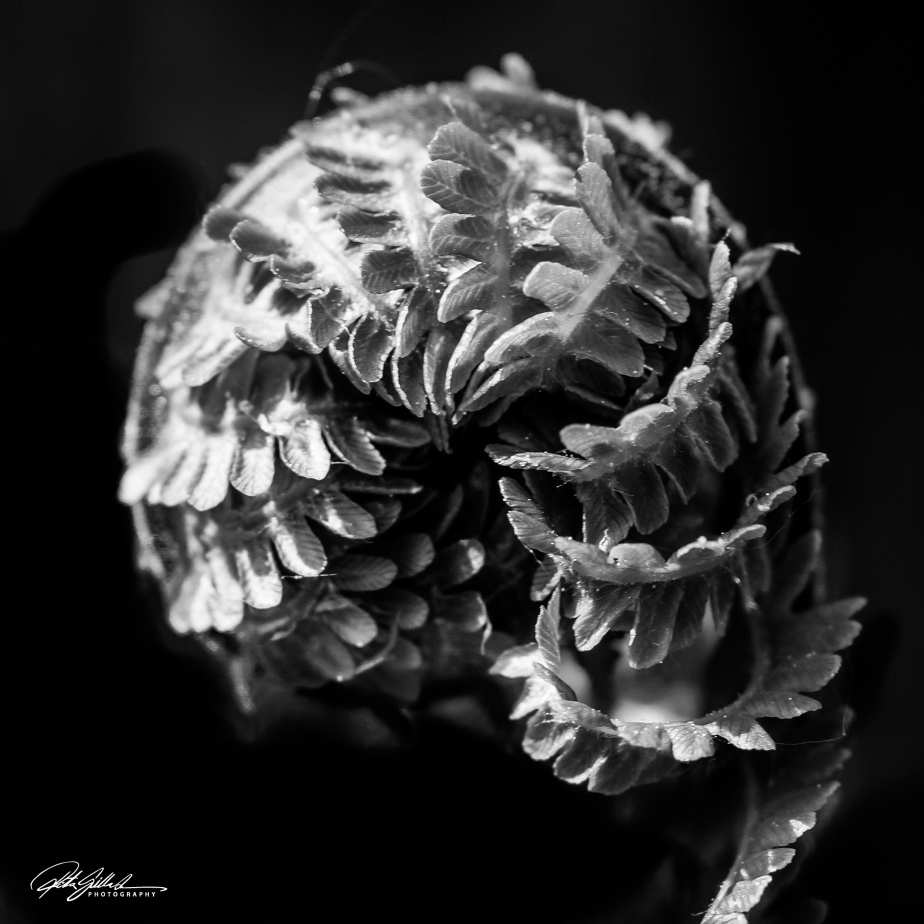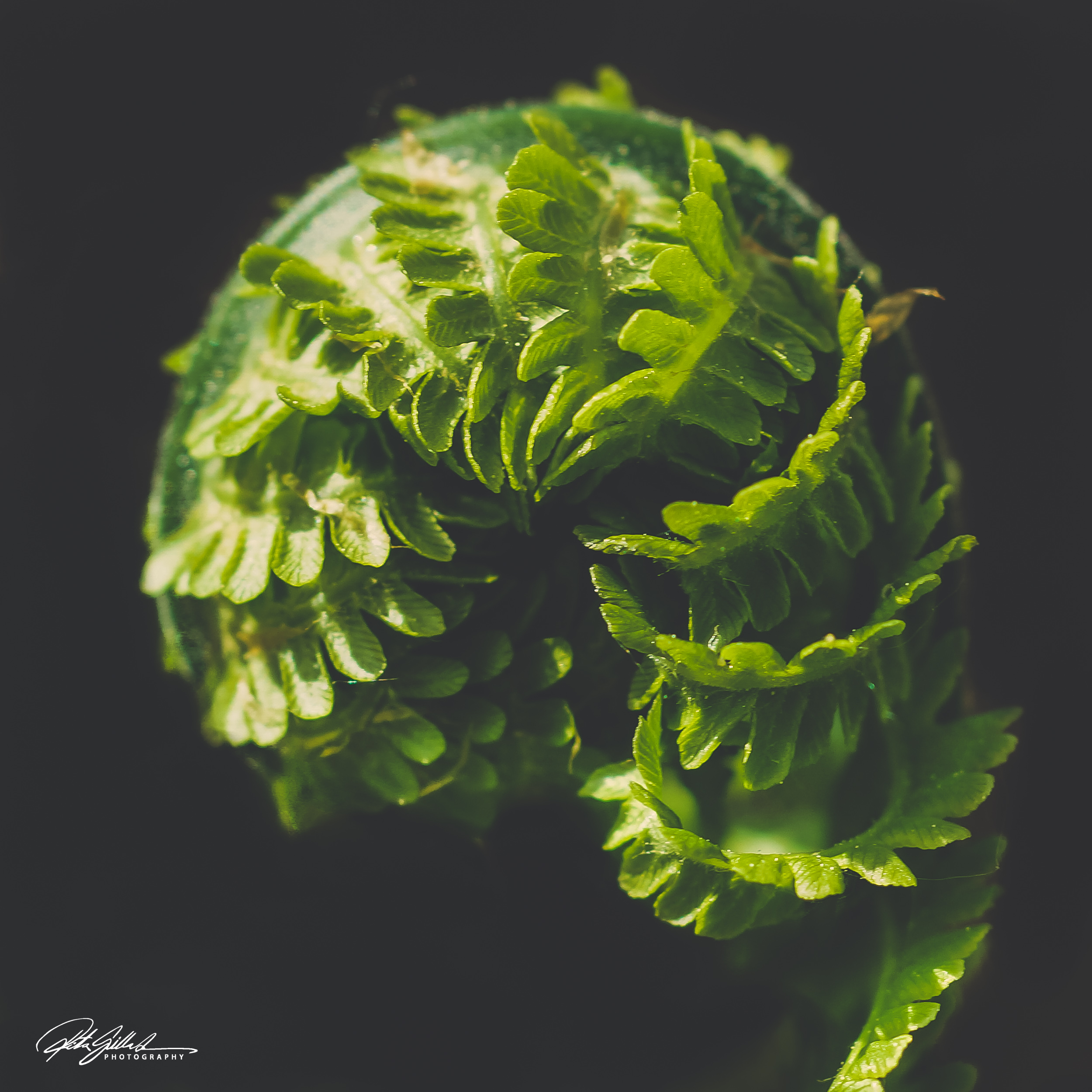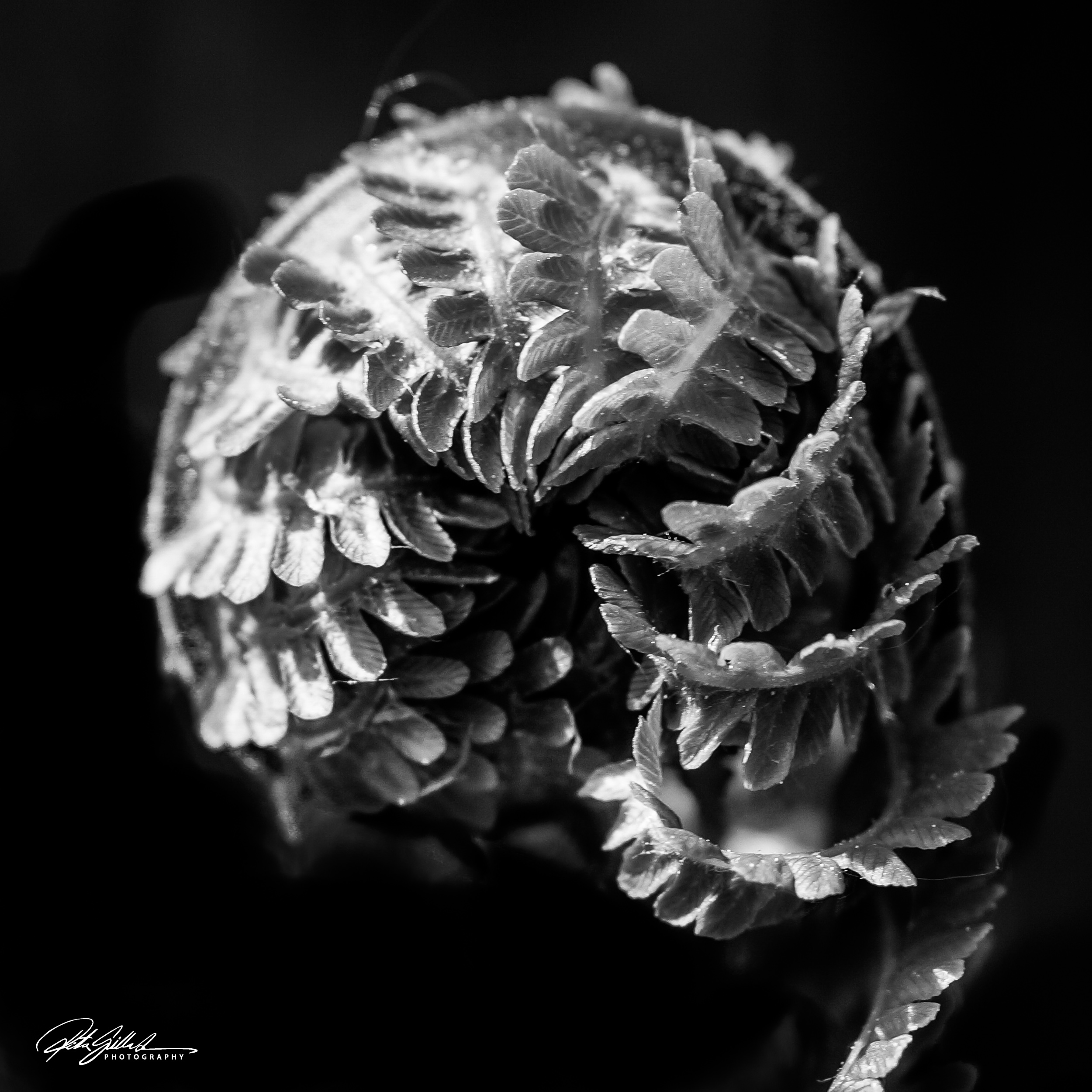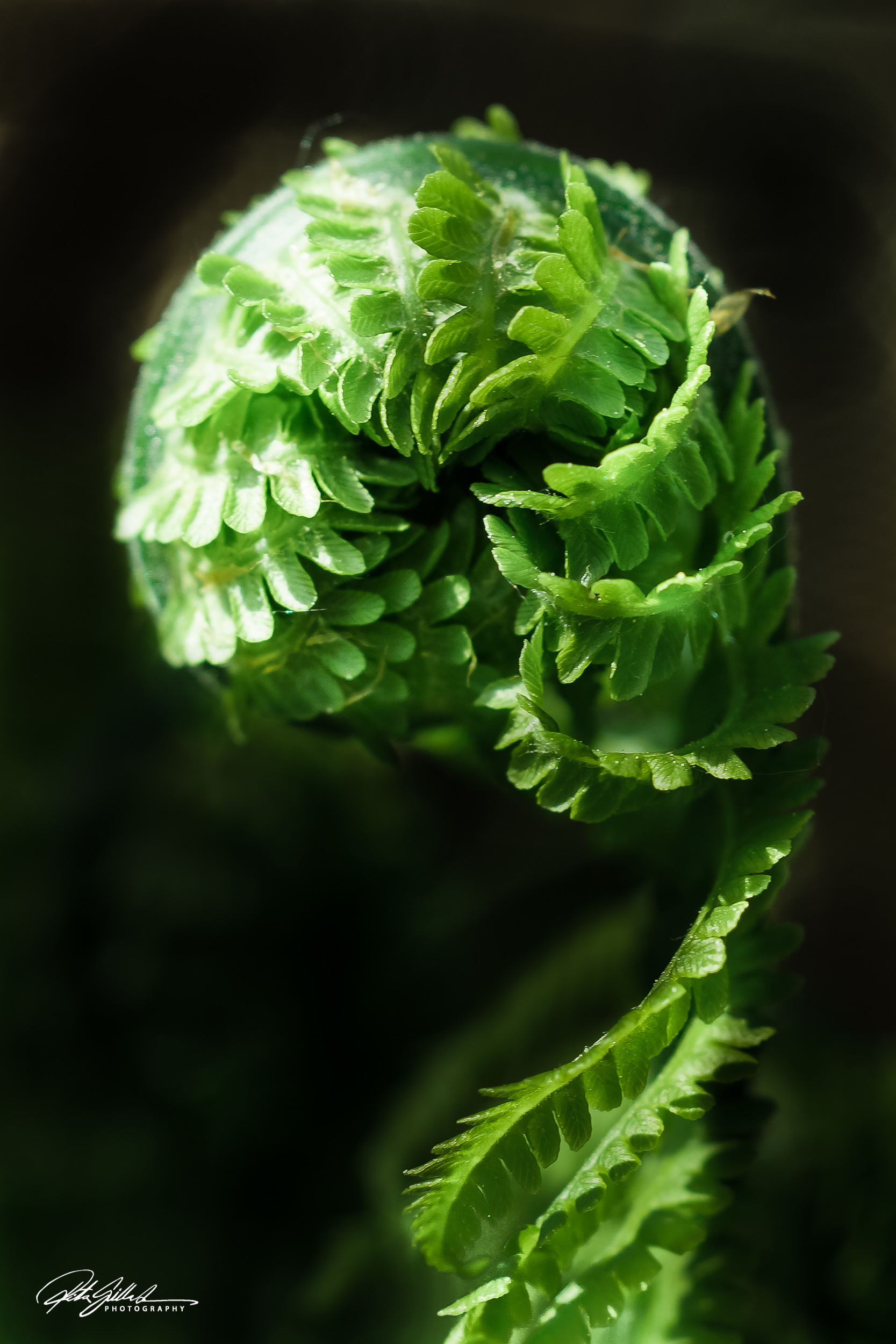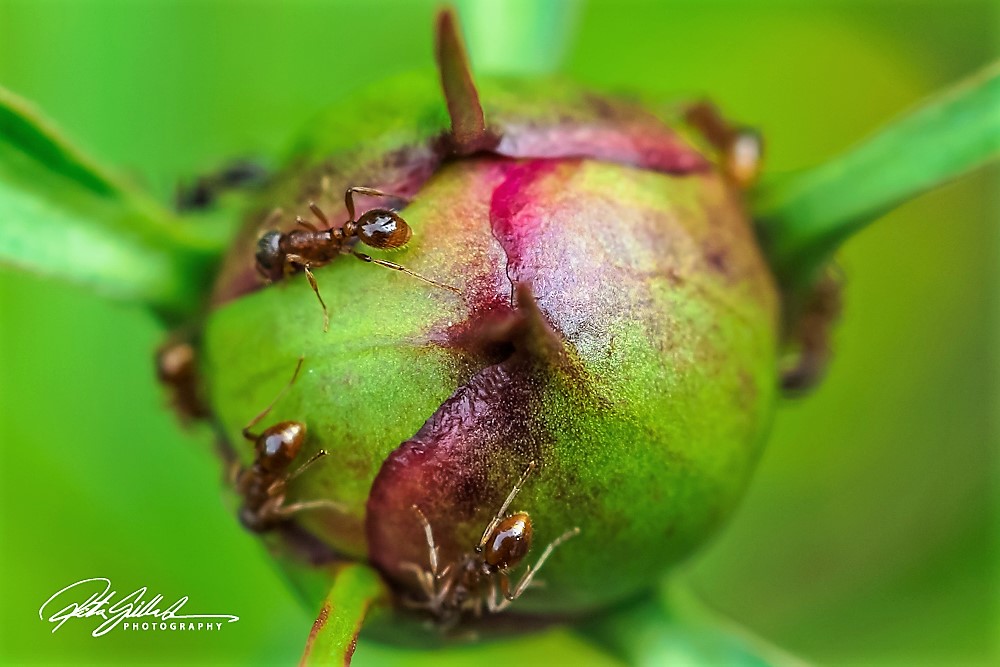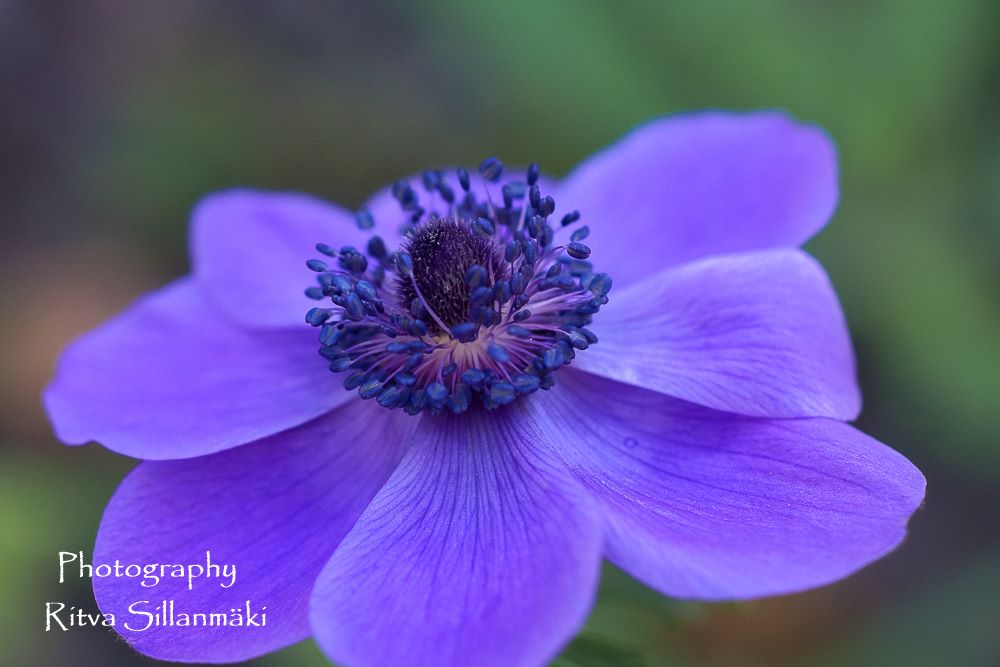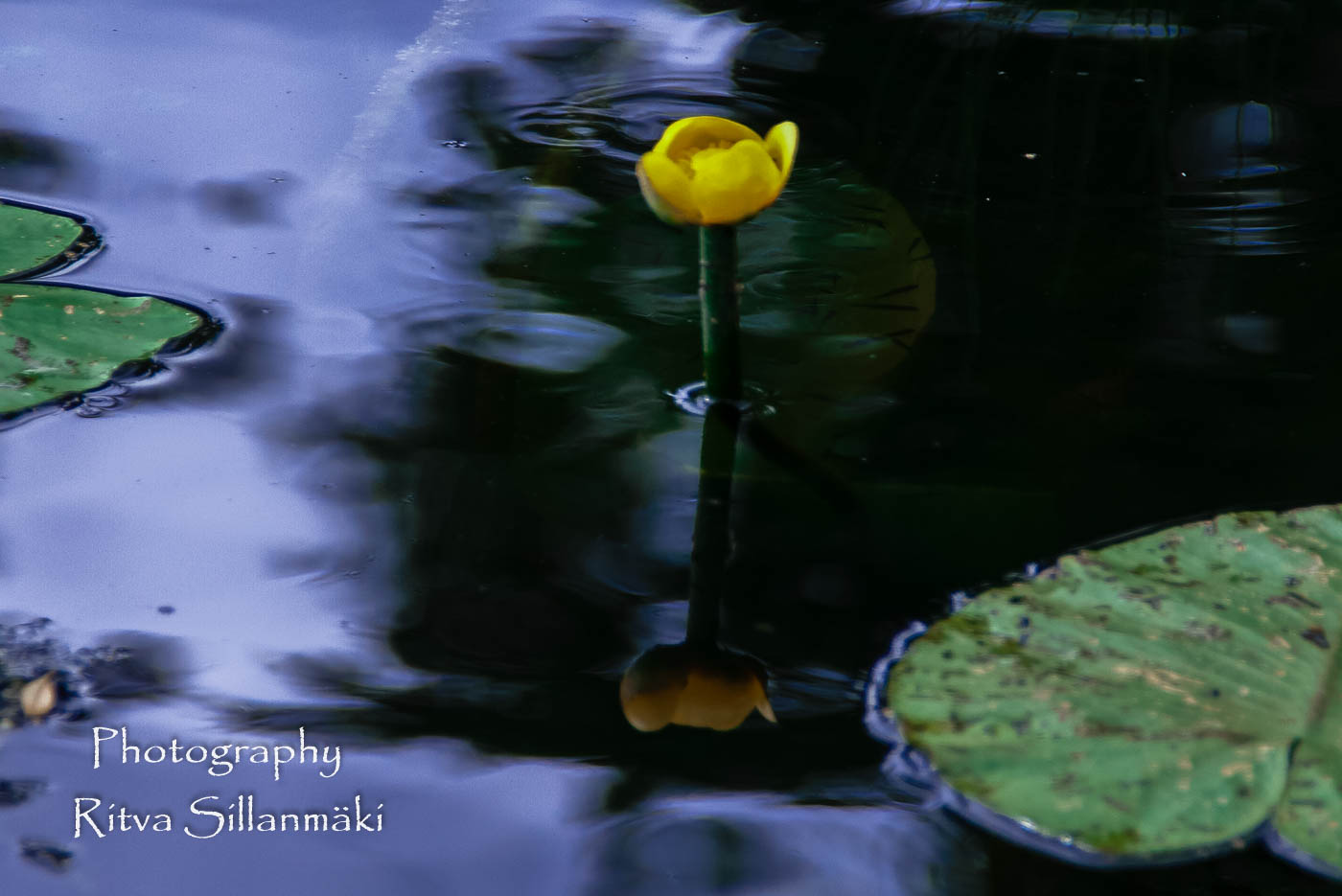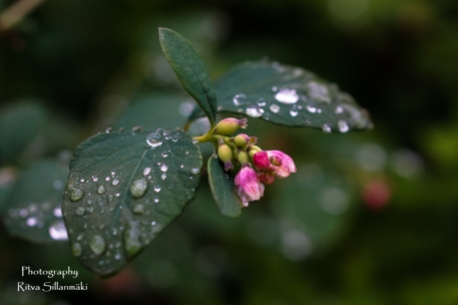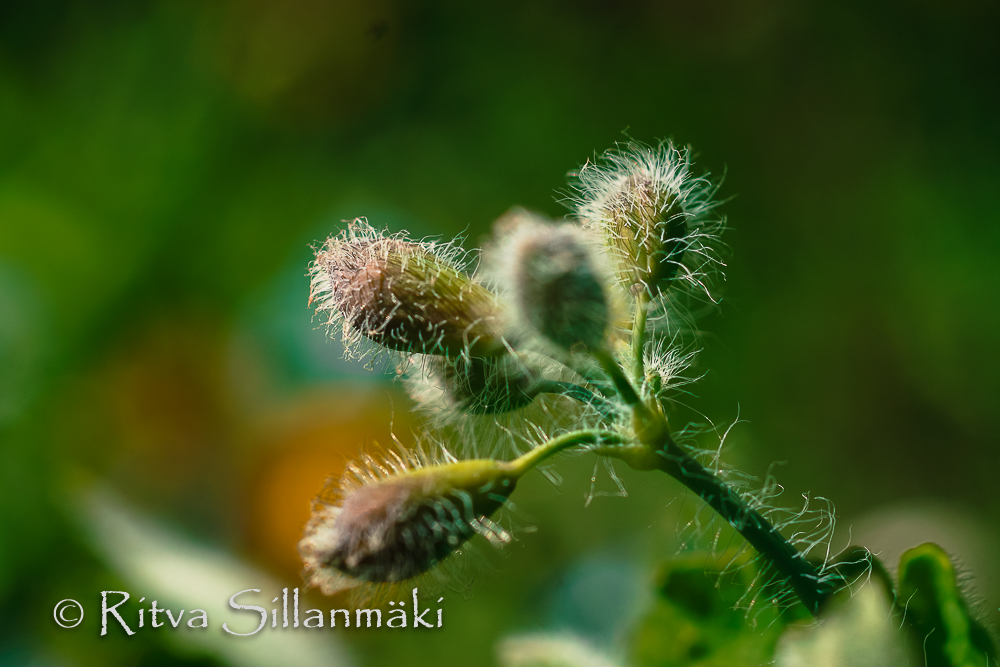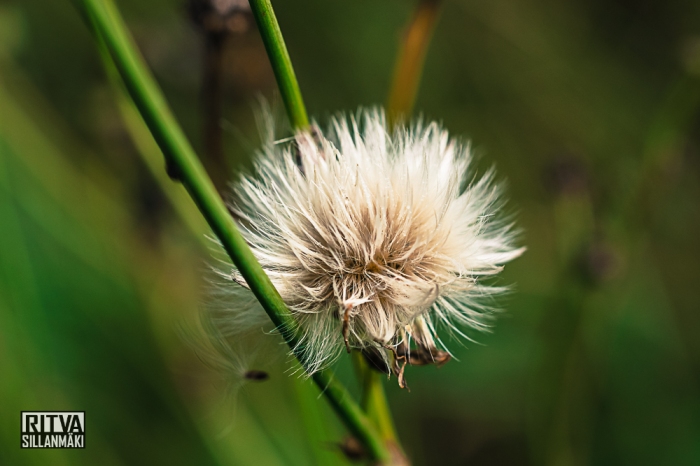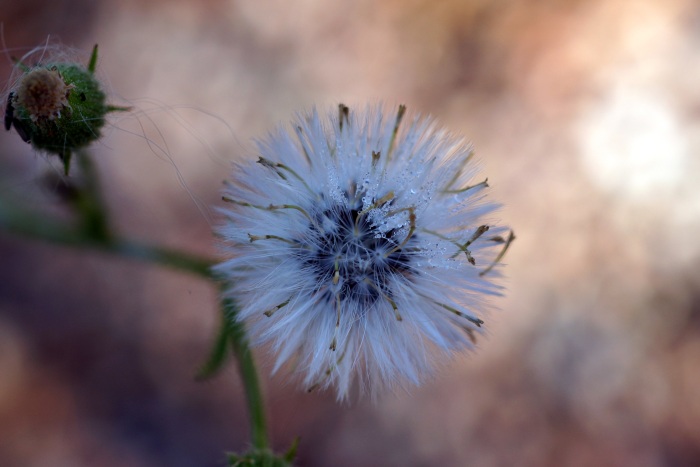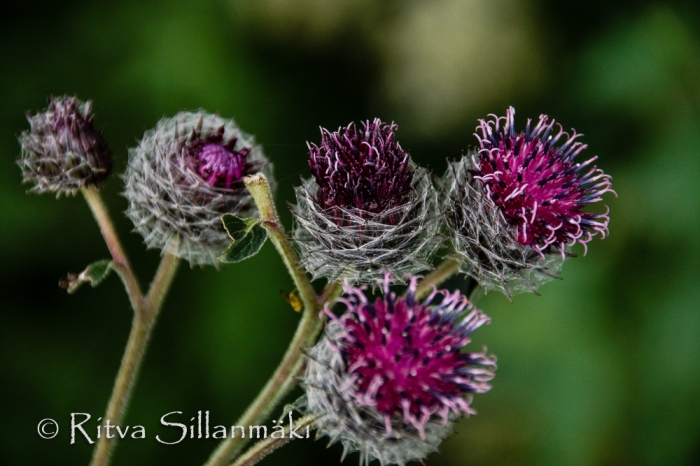Hydrangea macrophylla
The Japanese are famous for their mesmerizing gardens and revolving stories around their flowers. The hydrangea is no exception: legend has it that a Japanese emperor gifted blue hydrangeas to the family of a girl he loved to make up for neglecting her.

I got a lovely bouquet from a friend and the main flowers was this colorful hydrangea. Loved the details and colors of the pedals. It’s said that including hydrangeas in flower arrangements invites good fortune into one’s home. Purple hydrangeas are said to be particularly lucky as they symbolize abundance and prosperity.
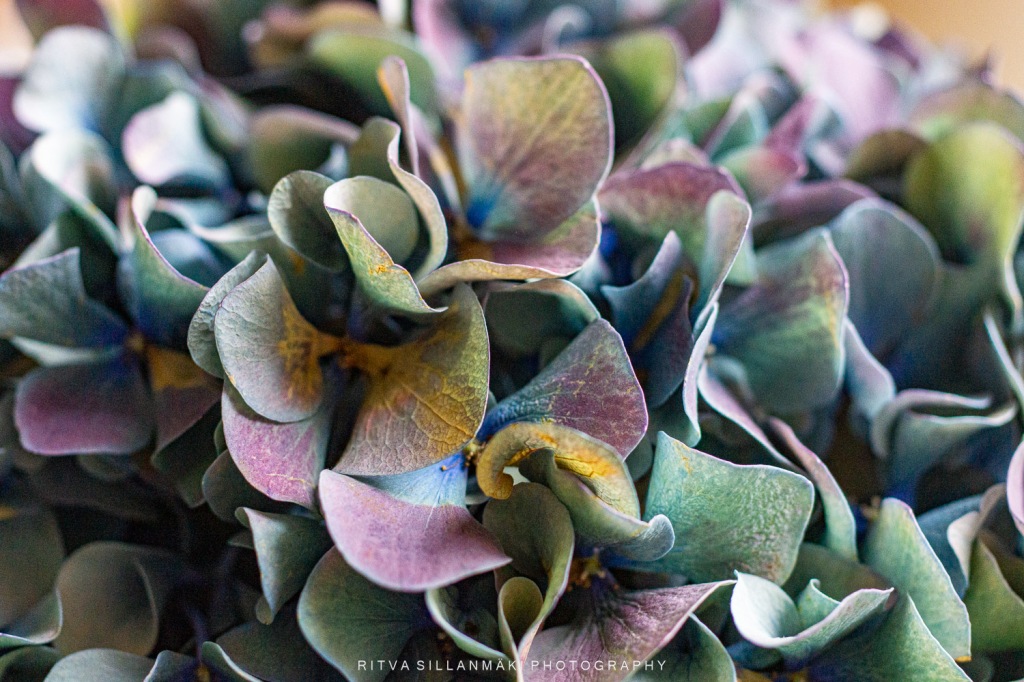
Some facts
For one type known as bigleaf hydrangea (Hydrangea macrophylla), you can change the color of their flowers by adjusting the soil pH with soil amendments. The more acidic the soil, the bluer your hydrangeas will turn out. The more alkaline, the pinker your hydrangeas will be.
The hydrangea represents gratitude, grace and beauty. It also radiates abundance because of the lavish number of flowers and the generous round shape. Its colors symbolize love, harmony and peace..


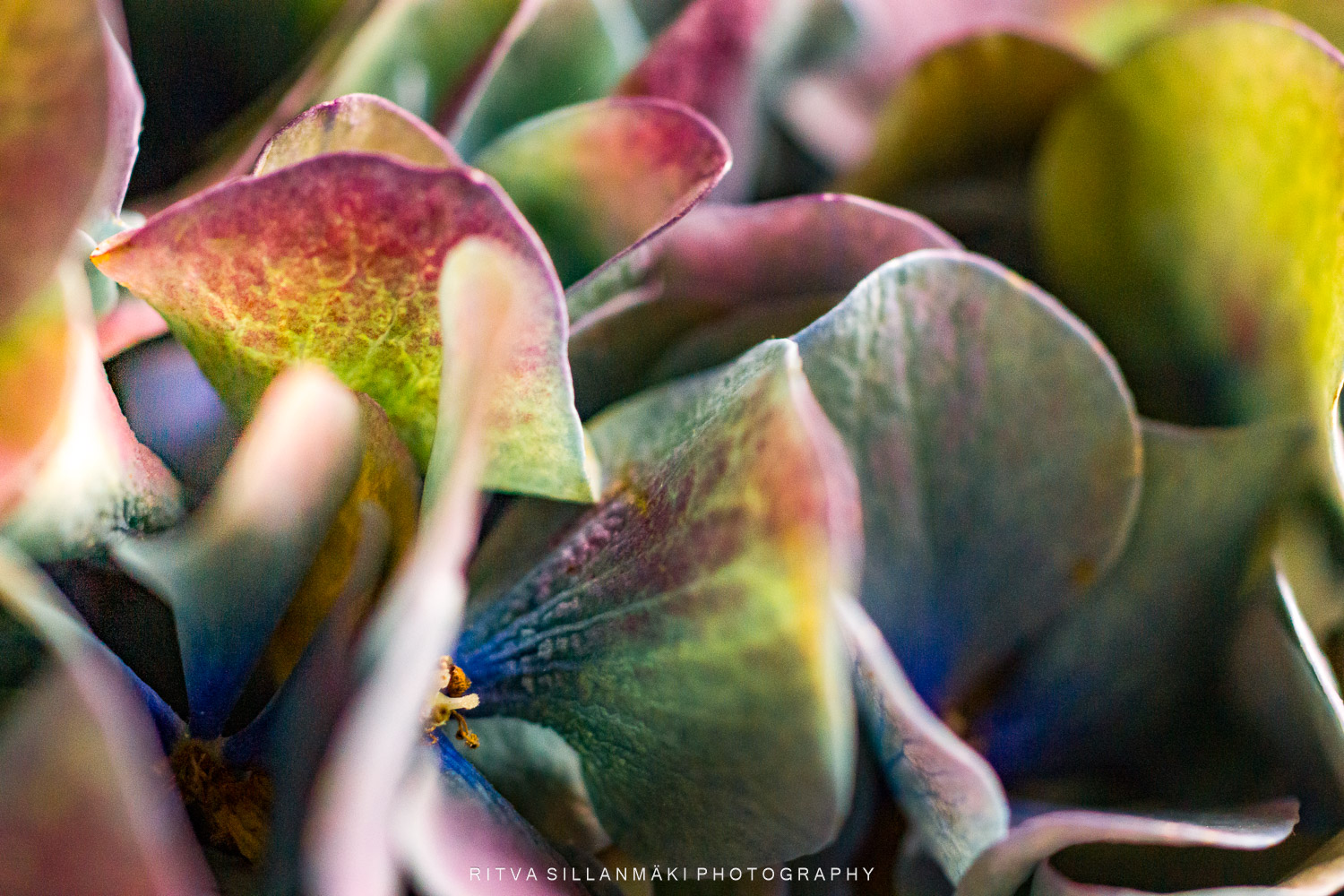
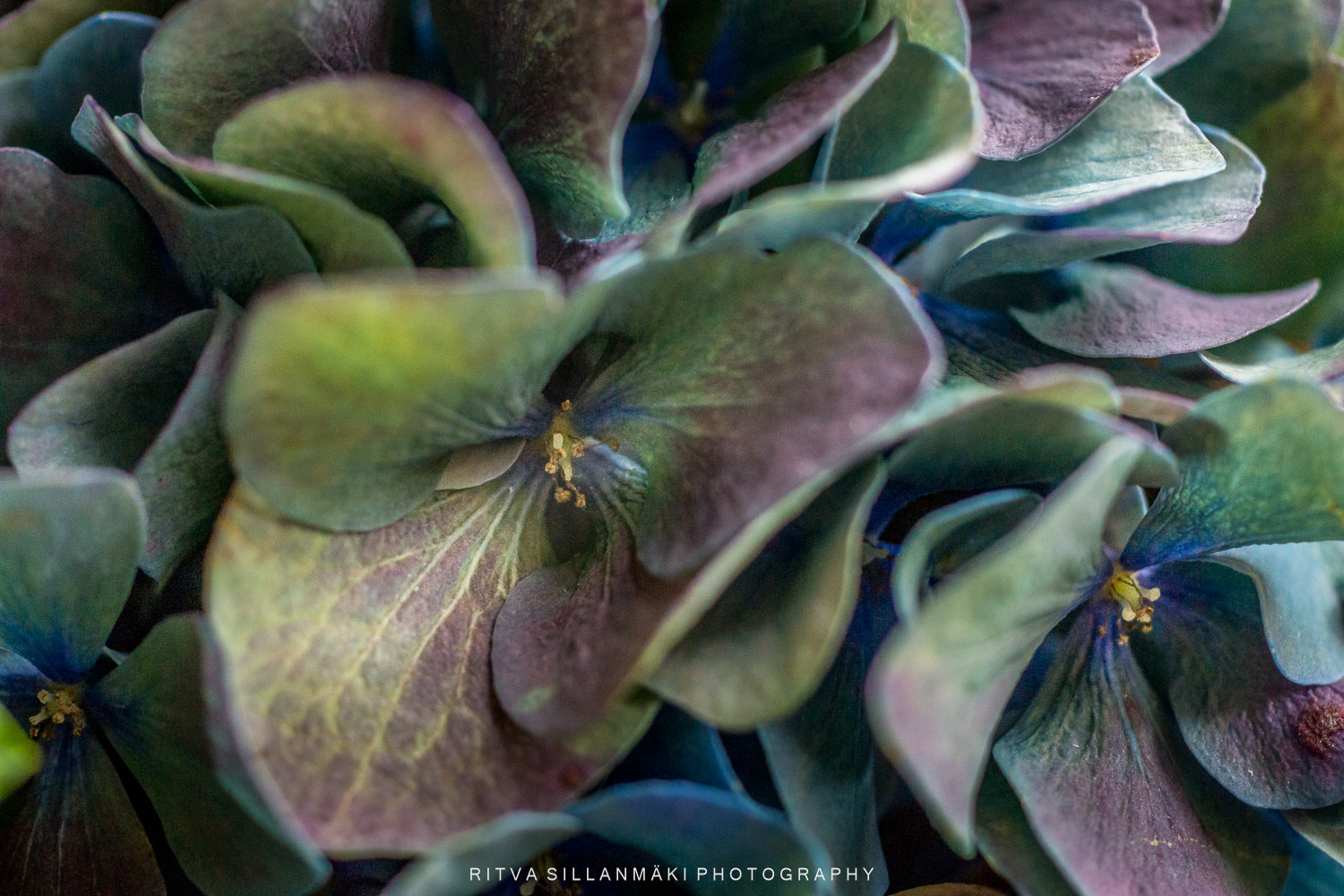
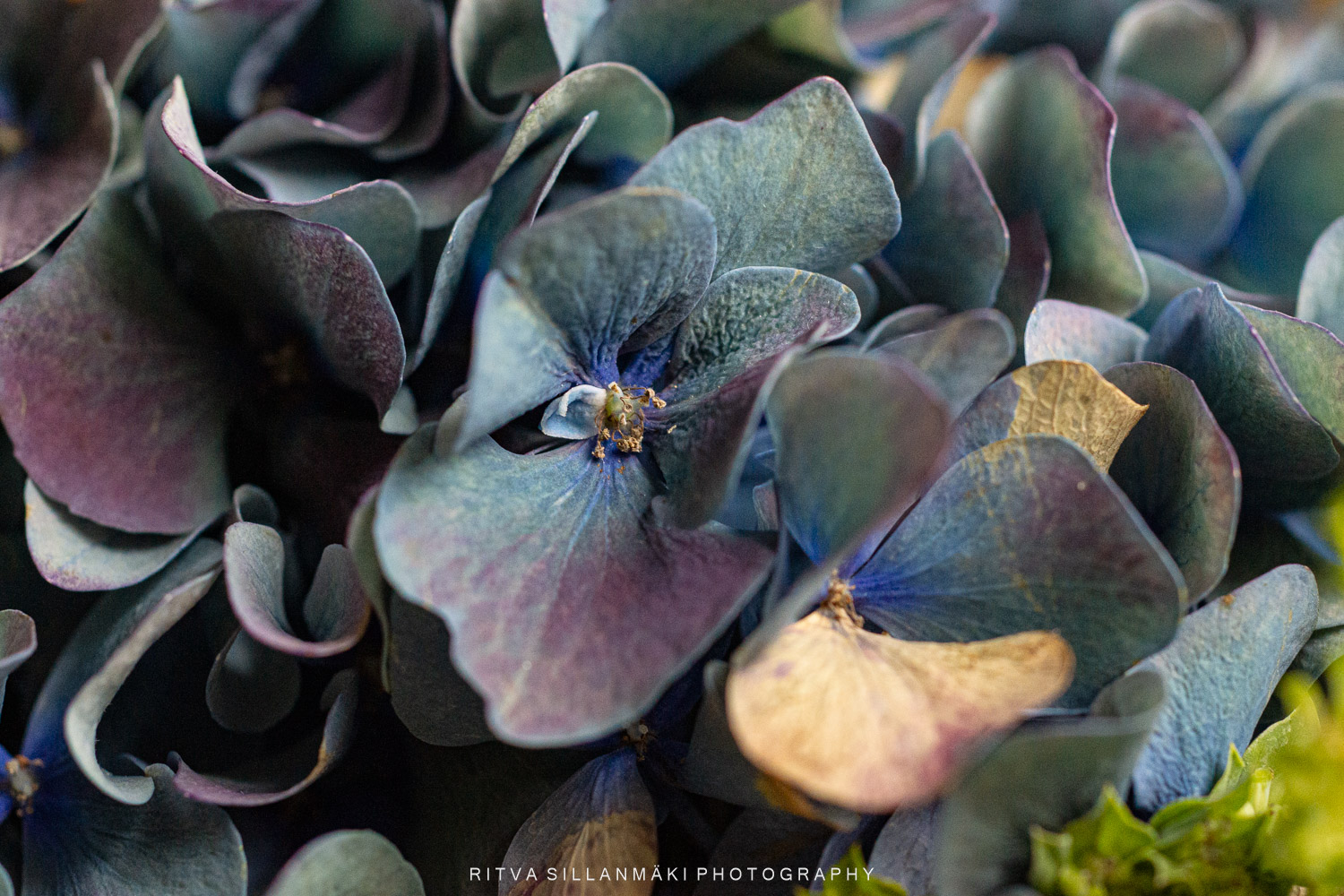
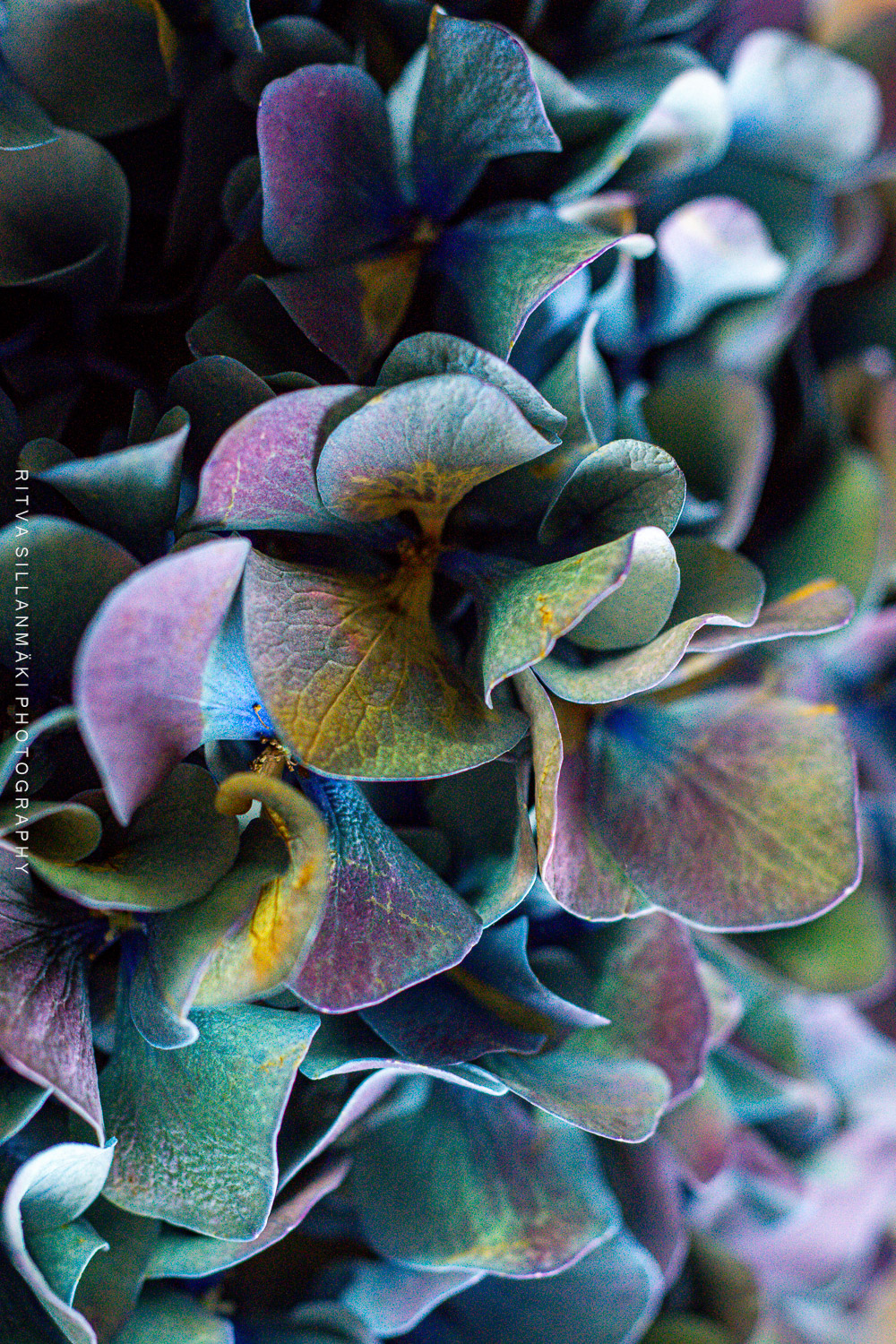
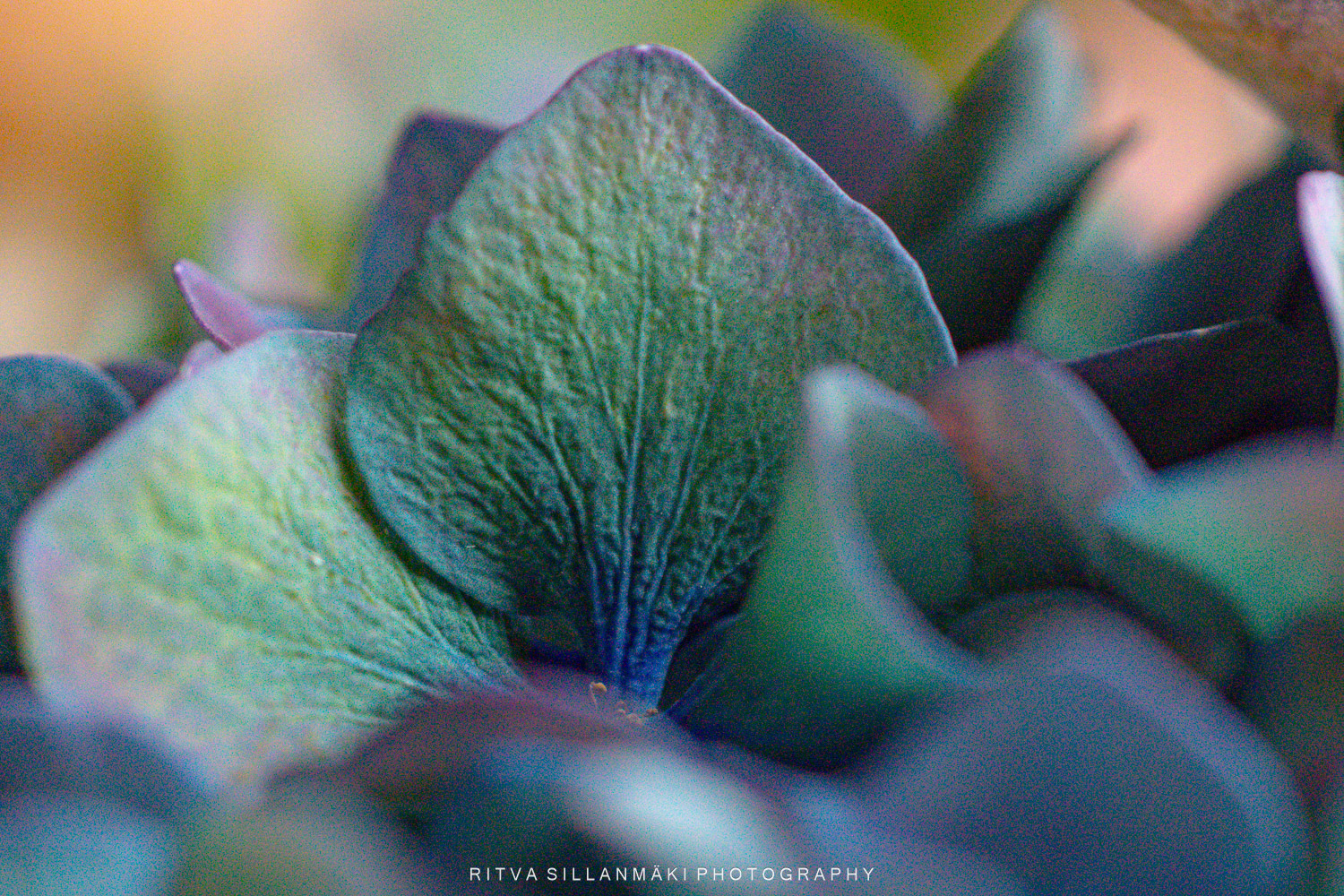

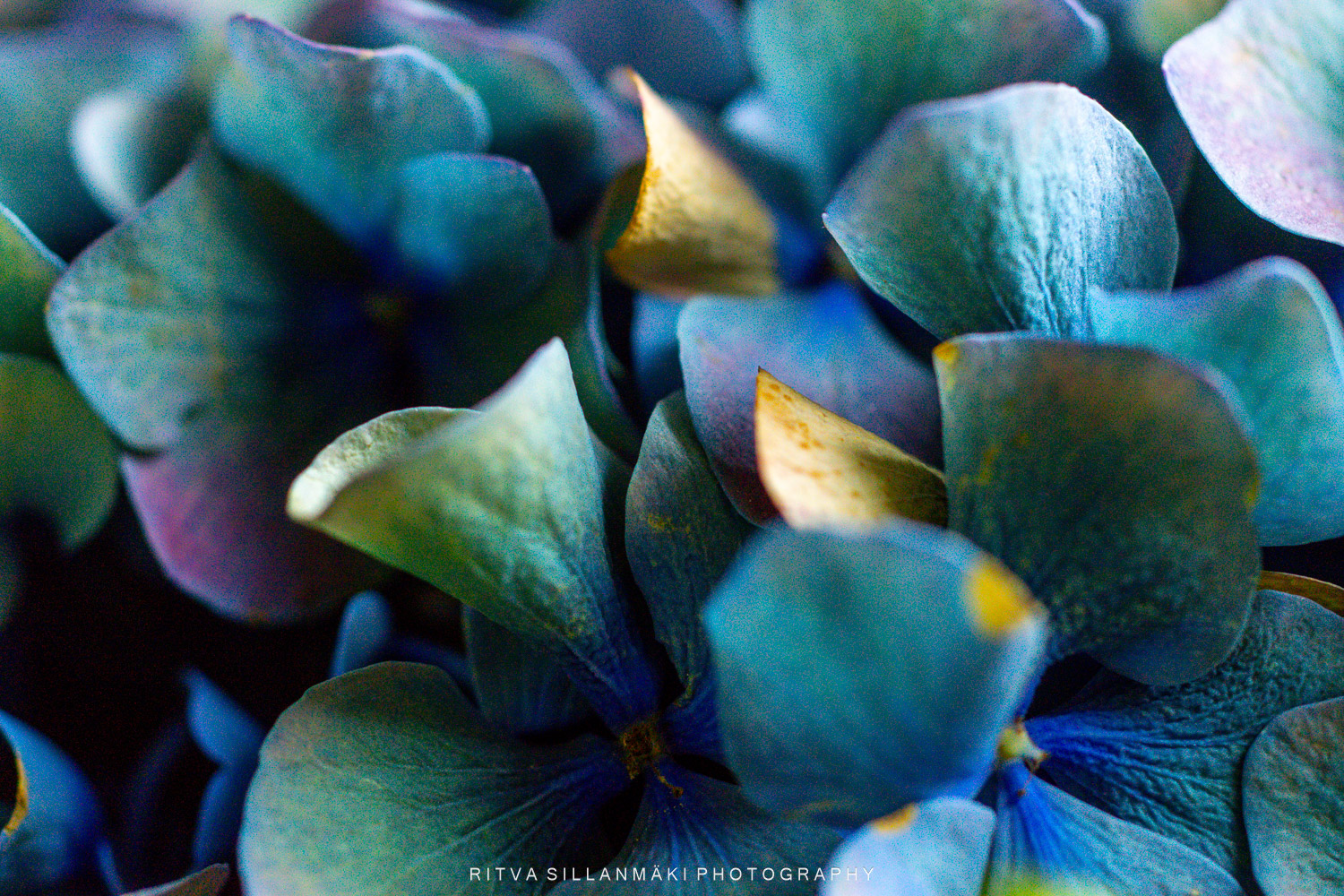
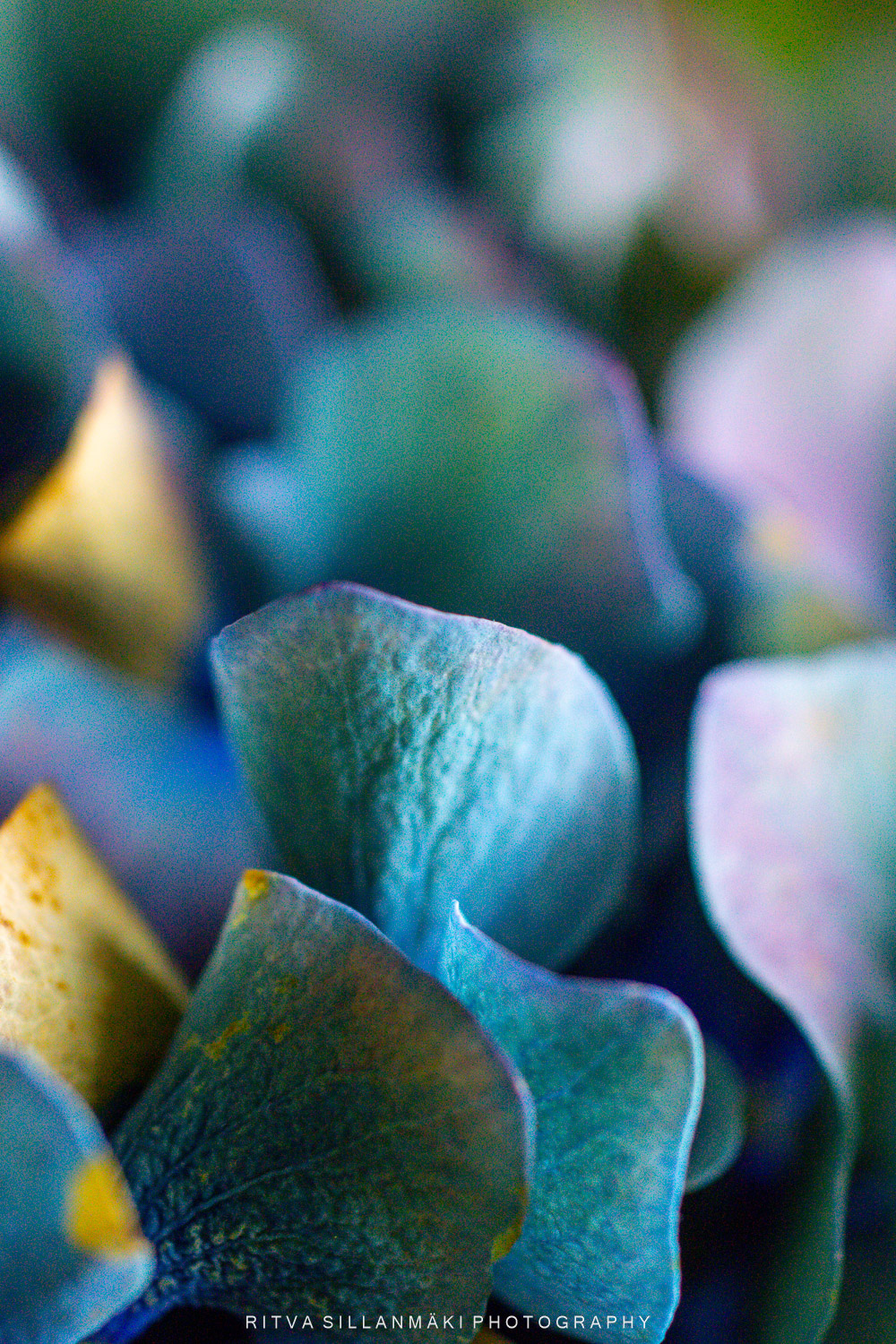
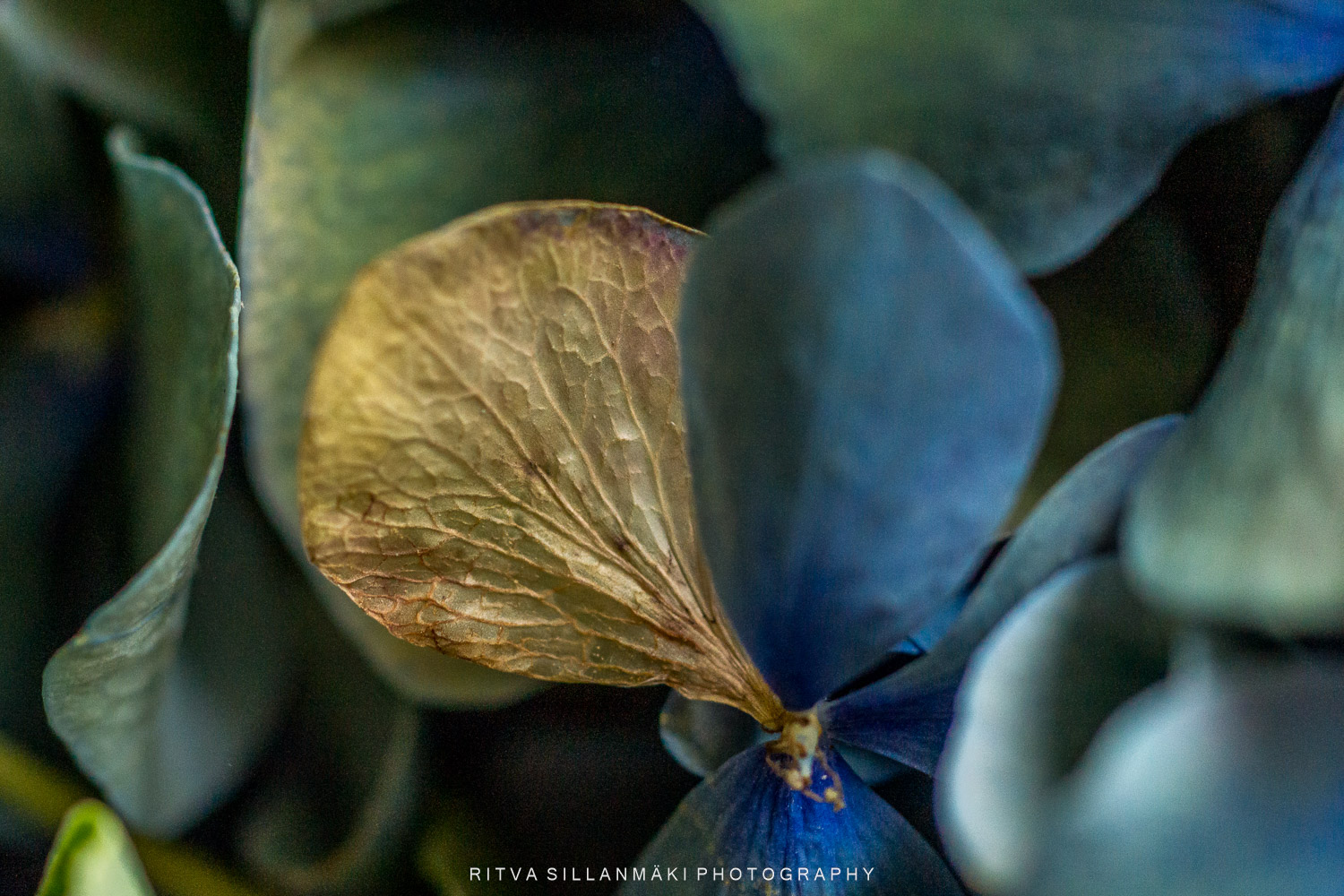
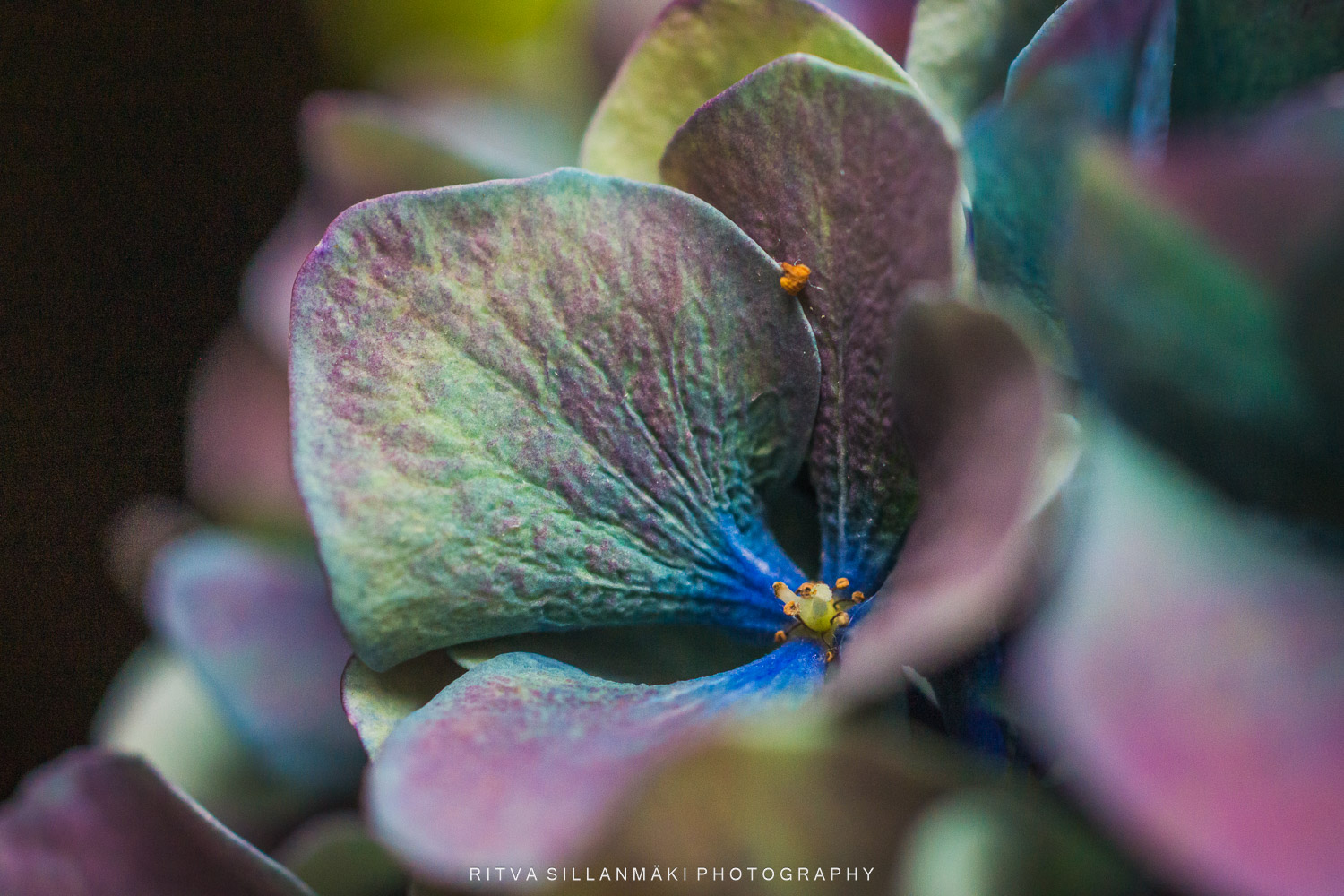
Hydrangeas don’t have petals.
Those beautiful petals aren’t petals at all. They are sepals, which are leaves that protect the flower bud. Only after they age do they turn from green to the pigmented colors you see.
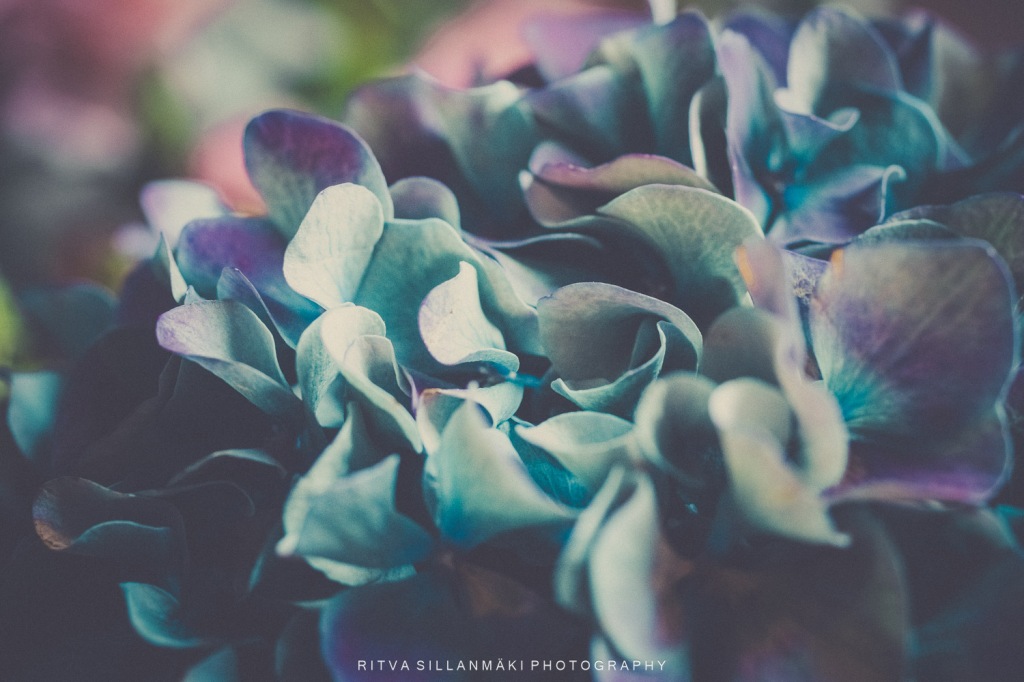
Posted for Cee’s Flower of the Day.

